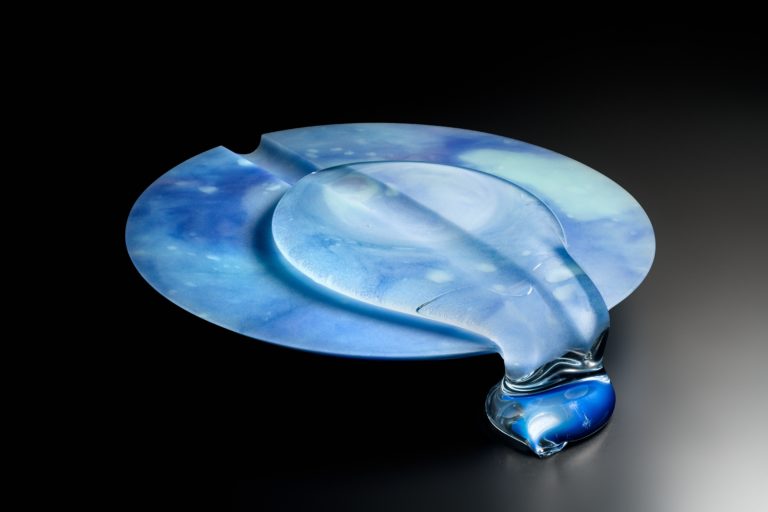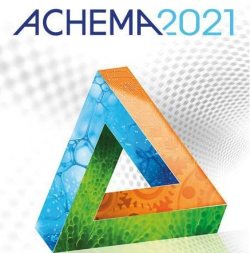You can visit our Galerie Kuzebauch from 15th September to 31st October and see the exhibition Visions of One’s Own by Michaela Trávníčková, Marie Sixtová, Kristína Maňáková, Michaela Kramulová, Irena Czepcová and Petr Stanický.
For more than ten years, the Glass Design (Design skla) studio at the Tomáš Baťa University in Zlín’s Faculty of Multimedia Communications has served as one of the top established centres of its kind in the Czech Republic. Professor Petr Stanický, M.F.A., the head of the department, along with his assistant MgA. Irena Czepcová, offer their students considerable freedom to develop their own personal sense of artistic expression. Students gain inspiration by studying various aspects of their craft, including trying out various conceptual methods in glass making and looking for a way to expand technological possibilities with new media. One notable trait witnessed in these students is a very specific pioneering approach towards working with glass that differs from traditional established techniques. All this with a view of making a mark in the ever-developing international glass art scene.
 Marie Sixtová – Bond (2019)
Marie Sixtová – Bond (2019)
Standing before the ostensibly variegated works of four young artists, namely Michaela Kramulová, Kristina Maňáková, Michaela Trávníčková and Marie Sixtová, the question arises as to where to find a common thread. The answer lies in the distinct and peculiar mission of integrating glass in all its applied forms. For these four artists, glass serves as a kind of transparent gateway into the human soul – a world of dreams and emotions.
 Michaela Trávníčková – Bubbles (2019)
Michaela Trávníčková – Bubbles (2019)

 Oko, 2003
Oko, 2003 Bob, 2004
Bob, 2004





 Veruschka – Photo by A. Willow
Veruschka – Photo by A. Willow Claudia – Photo by A. Willow
Claudia – Photo by A. Willow Its Snowing!, 2020
Its Snowing!, 2020 Petrovice – Church Vistas
Petrovice – Church Vistas
 Shrimp, 2019
Shrimp, 2019 Tremors, 2019
Tremors, 2019